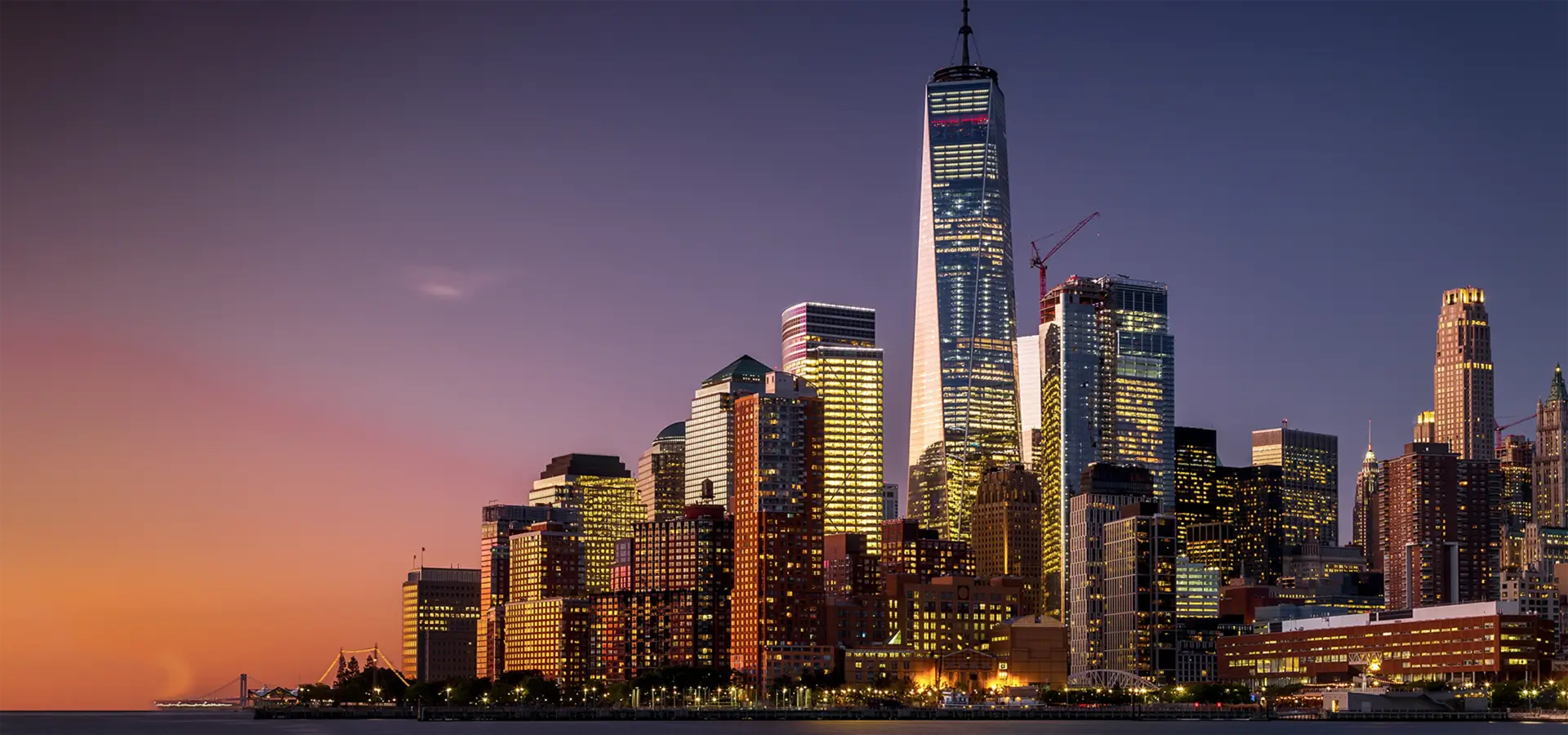

Exploring the Aesthetic and Functional Benefits of Grey Tinted Glass
In the realm of modern architecture and design, grey tinted glass has emerged as a popular choice for contemporary buildings, residential homes, and commercial spaces alike. This versatile material combines aesthetic appeal with functional advantages, making it a favored option among architects and designers. In this article, we will explore the various attributes of grey tinted glass, its applications, and the benefits it offers in both form and function.
1. The Aesthetic Appeal of Grey Tinted Glass
One of the primary reasons for the popularity of grey tinted glass is its sleek and modern appearance. The subtle grey hue enhances the visual appeal of any structure, providing a sophisticated look that is both elegant and understated. Unlike traditional clear glass, which can sometimes feel stark or overly reflective, grey tinted glass offers a softer, more muted aesthetic. This unique quality allows it to blend harmoniously with a variety of architectural styles, from minimalist to industrial and everything in between.
Moreover, grey tinted glass can contribute to the overall design language of a space. It can be used for large windows, facades, and even partitions, creating a seamless flow between the interior and exterior. The tinted surface can reflect light in captivating ways, creating dynamic visual effects that change throughout the day as the sun moves across the sky.
2. Enhanced Privacy Without Sacrificing Natural Light
Privacy is a growing concern in today's densely populated urban environments. Grey tinted glass provides a solution that allows for ample natural light while obscuring visibility from the outside. Unlike darker tints that may completely block out views, grey tinted glass strikes a balance, permitting light to filter through while still maintaining a level of privacy. This makes it an ideal choice for residential homes, offices, and public buildings where occupants may desire a degree of seclusion without sacrificing brightness or openness.
3. Energy Efficiency and UV Protection
Another significant advantage of grey tinted glass is its energy efficiency. The tint reduces the amount of solar heat entering a building, helping to regulate indoor temperatures and ultimately lowering energy consumption for heating and cooling. This is particularly beneficial in climates with extreme weather variations, where maintaining a comfortable indoor environment can be a challenge.

Furthermore, grey tinted glass offers enhanced protection against harmful ultraviolet (UV) rays. Prolonged exposure to UV radiation can cause fading of furniture, carpets, and artwork, as well as pose health risks to the skin. By incorporating grey tinted glass into architectural designs, building occupants can enjoy the beauty of natural light while mitigating these risks.
4. Versatile Applications Across Industries
The versatility of grey tinted glass extends to various industries and applications. In commercial settings, it is commonly used for office buildings, storefronts, and hotels, where it contributes to a polished, modern look. In residential applications, homeowners increasingly opt for grey tinted glass in windows, sliding doors, and even glass railings, enhancing both aesthetics and functionality.
The automotive industry has also embraced grey tinted glass, particularly in vehicle windows and sunroofs, providing passengers with the benefits of privacy and heat reduction while maintaining visibility.
5. Maintenance and Durability
Grey tinted glass is not only appealing and functional; it is also relatively low-maintenance and durable. Its surface can be easily cleaned with standard glass cleaners, and many manufacturers now offer products that are scratch-resistant and easy to maintain. This durability makes grey tinted glass a viable long-term investment for any building project.
Conclusion
In summary, grey tinted glass presents a blend of aesthetic charm and practical advantages that make it an attractive option for a wide range of architectural projects. Its sophisticated appearance, privacy benefits, energy efficiency, versatile applications, and low maintenance requirements combine to create a material that is both functional and beautiful. As architects and designers continue to push the boundaries of creativity, grey tinted glass will undoubtedly remain a key component in the evolution of modern design, contributing to spaces that are not only visually stunning but also conducive to a comfortable and sustainable lifestyle.